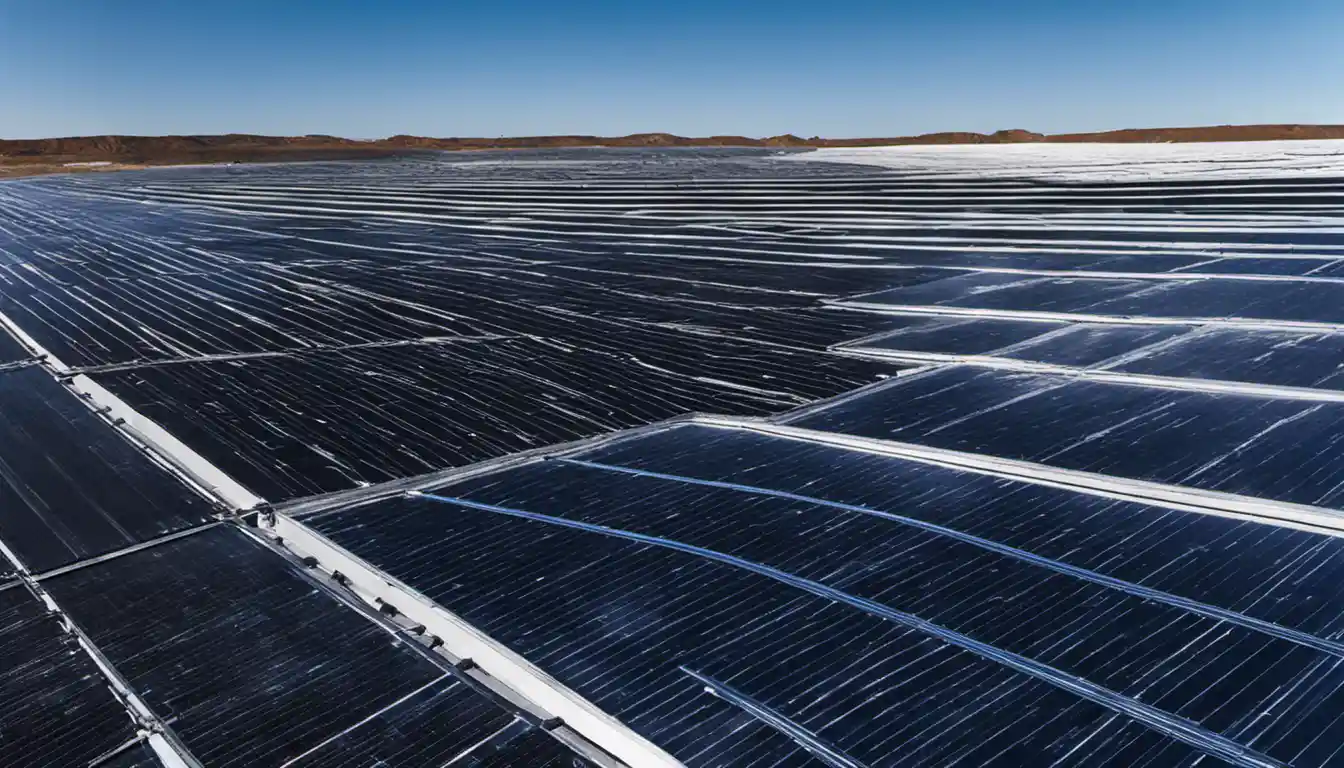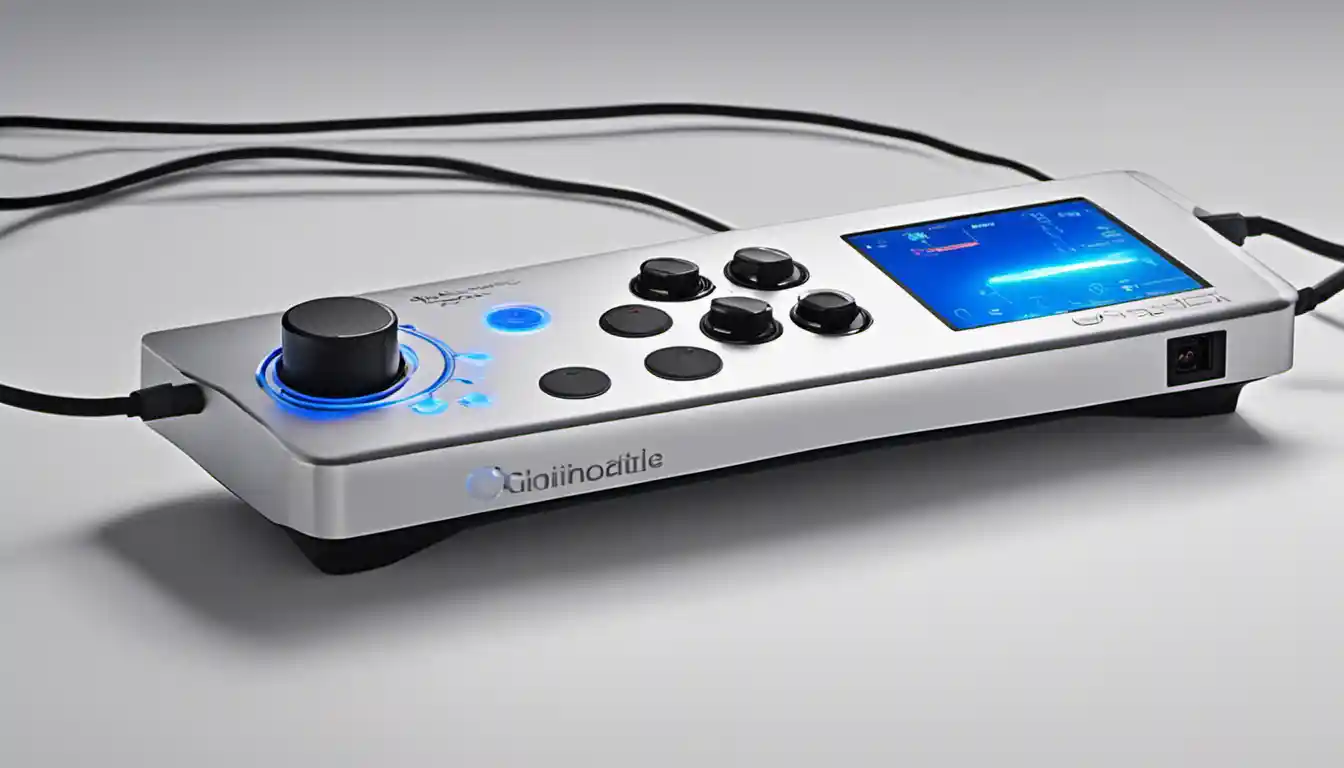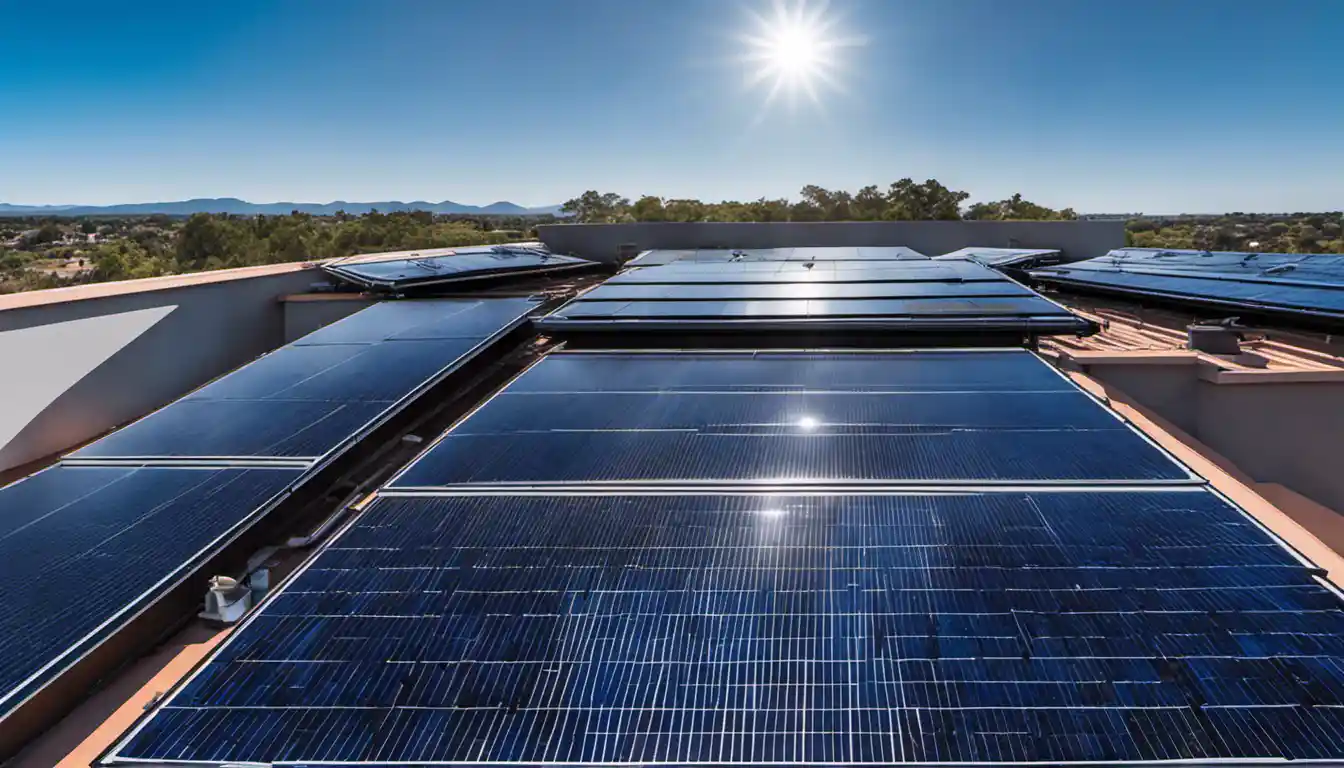Solar Water Heating System Overview
A solar water heater mainly consists of a solar collector and a storage tank. The solar collector absorbs sunlight and converts it into heat, which is then transferred to the water in the storage tank. Other parts may include a heat exchanger, pumps, and controllers.
They stand as one of the most economical applications of solar energy, often replacing the need for traditional gas or electric water heaters. They’re used commonly in businesses and homes alike, heating water for commercial kitchens, showers, and more. Though they come with the obvious benefit of cutting down on energy costs, they also come with an upfront installation cost that may deter some.
Essential Components of Solar Water Heater
Solar Collector

A solar water heater wouldn’t be much without its solar collectors. They’re the heart of the system, catching and retaining the sun’s energy. There are two types of solar collectors you’ll commonly find: flat plate collectors and evacuated tube collectors.
Flat plate collectors consist of a dark flat plate absorber that captures the sun’s energy, a transparent cover that allows solar energy to pass through, and a layer of insulation that prevents the heat from escaping.
On the other hand, evacuated tube collectors comprise parallel rows of transparent glass tubes. Each tube houses a metal absorber tube that’s attached to a fin with a coating that absorbs solar energy while inhibiting radiative heat loss.
Circulation Pump
Next up is the circulation pump. This pump allows heated water to be transferred from the collector to the storage tank. Operated by a controller, the pump only runs when the collector’s temperature exceeds the tank’s temperature.
Storage Tank
Another invaluable component of solar water heaters is the storage tank. They can either be pressurized or non-pressurized. Pressurized tanks work together with your home’s plumbing system, while non-pressurized tanks require additional components to function efficiently.
These tanks store heated water until it’s needed. They often come insulated to prevent the heat from dissipating.
Controller

Then there’s the controller — the system’s brain if you will. It serves to monitor temperatures and control systems like the circulation pump. Once it detects a specific temperature difference between the collector and the tank, it kicks into action, signaling the pump when necessary.
Piping
Without piping, you’d have trouble getting your water where it needs to go. Pipes are used to transport heated water from the collector to the storage tank. The design of your pipework should promote the natural thermo-siphon flow, and the materials used should be capable of withstanding higher than average temperatures for safety and longevity.
Valves
Lastly, we have the valves. The valve types commonly used include check valves and mixing valves. Check valves prevent the backward flow of the heated water, while mixing valves mix hot and cold water to reach the desired temperature.
Understanding Your System: How Solar Water Heaters Work

To understand how your system works, imagine this: when sunlight strikes the collector, some of that energy is converted to heat, which is transferred to the water. This heated water is then stored in the tank until it’s needed — it’s just that simple.
To learn more about how these systems work, follow this link here!
Making the Switch: Transitioning to a Solar Water Heating System
Before you make the switch to solar water heaters, it’s best to assess your current water heating system. Certain elements of your existing system could be adapted for solar water heating. This is followed by a critical stage of installation to ensure the longevity and efficiency of your solar water heating system.
Optimizing Your System: Key Considerations and Best Practices
To make the most out of your solar water heater, careful considerations over system design and configurations pertaining to the components of solar water heater are crucial. To ensure its efficiency, ongoing maintenance and repairs are also part of the holistic care scheme.
Opting for a solar water heater is a green initiative that not only saves energy but also encourages the use of renewable energy resources. Understanding the parts of solar water heater arms you with the knowledge and confidence that this is a choice improving both our environment and your wallet one sunny day at a time.



